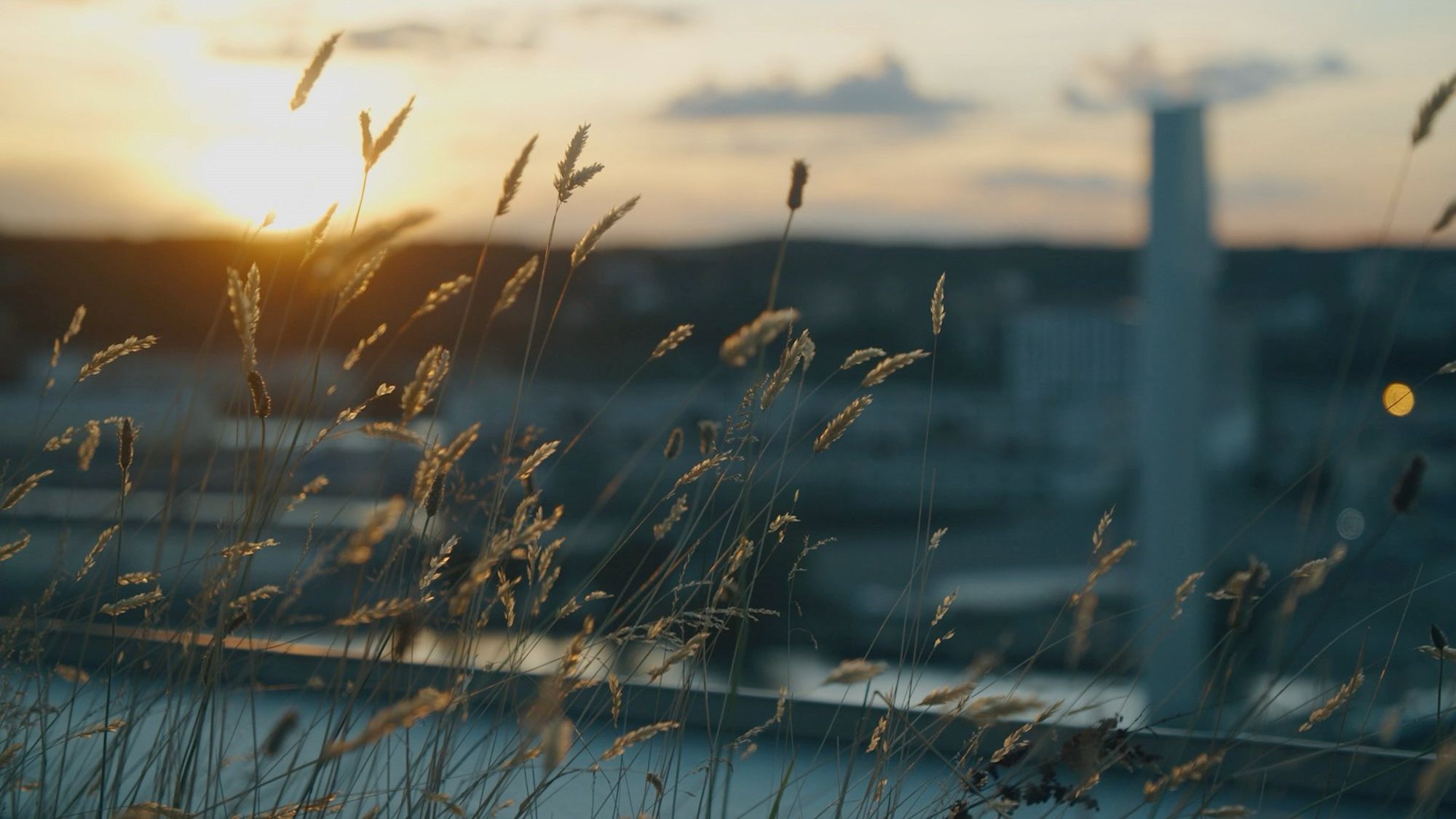HCL from a sustainability perspective
We create the best lighting for people. And when nobody is present, we turn it off. Human Centric Lighting allows you to work actively with all aspects of sustainability: people, the environment, society and economy.

An investment in Human Centric Lighting is an investment in a business’s sustainability work. Good lighting that facilitates visual tasks and safeguards the circadian rhythm produces safer workplaces as well as more alert and more productive employees who sleep better. It is an opportunity to influence the individual directly. In the long term, as more and more people adopt the same approach, Human Centric Lighting can contribute to increased social benefit.
Greater efficiency with control
Is it possible to increase well-being and reduce energy consumption? Recreating daylight requires higher light levels and so more energy. This, in turn, affects the lighting installation’s climate impact and the business’s finances in the form of increased electricity consumption. The solution lies in advanced lighting control. By making smart use of daylight sensors and presence detectors, we are able to control energy consumption at a detailed level.
We are constantly striving to use the amount of daylight available in the room as a starting point, so that lighting can then be used as a complement when there is not enough daylight. And when the lighting isn’t needed, it shouldn’t be used. When Fagerhult are involved in designing an installation, we always produce complete Life Cycle Cost calculations (LCC).
Balance between people and the environment
In the case of optimised usage, a lighting installation designed for Human Centric Lighting consumes approximately 20 per cent more energy than a standard system. Is it worth it? On the one side is human health, on the other is greenhouse gas emissions and increased costs. Of course, it is up to each individual property owner and employer to make an assessment based on their own operations and priorities. As always, sustainability work involves taking a holistic approach in which all aspects relating to people, the environment, society and economic growth are taken into account.
Whatever you choose, it can be useful to know this:
- At present, energy consumption over the lifetime of a luminaire accounts for around 75 per cent of the luminaire’s climate impact, so it is important to invest in a luminaire that delivers high efficiency. You should also make sure that the luminaire is made from the right materials that can be reused or recycled – no matter what type of lighting design you choose.
- Control using daylight sensors and presence detectors is an investment that always pays for itself in the form of reduced greenhouse gas emissions and lower costs.
- It doesn’t matter how climate-smart your lighting solution is if you are powering it with the wrong fuel. Choose climate-friendly electricity from renewable sources rather than fossil-based energy.